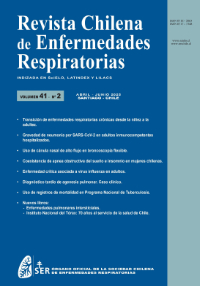Critical illness associated with influenza viruses in adults, epidemiology and clinical aspects: A narrative review
##plugins.themes.bootstrap3.article.main##
Abstract
Seasonal influenza epidemics and pandemics have a major impact on global health. Most pa- tients have mild disease. However, in specific groups, there is a high rate of hospitalization annually, as well a subgroup of patients who develop critical illness, with high rate of admissions to intensive care units. This occurs mainly due to acute respiratory distress syndrome, septic shock, and multior- gan failure. These conditions lead to mechanical ventilation, hemodynamic support and in some cases extracorporeal membrane oxygenation (ECMO), which is associated with high mortality. Diagnosis includes clinical presentation, use of molecular assays and imaging. Lung co-infections are clinical important conditions because they lead to worse outcomes. Treatment is based on hemo- dynamic and ventilatory support, as well as, neuraminidase inhibitors. Vaccination is a key factor for primary prevention.
##plugins.themes.bootstrap3.article.details##
Influenza, Humans, Critical Illness, Respiratory Distress Syndrome, Shock, septic, Coinfection, Primary prevention

This work is licensed under a Creative Commons Attribution-NonCommercial 4.0 International License.







